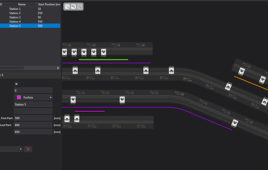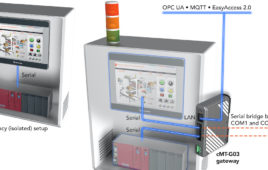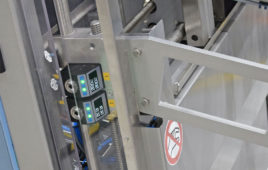A robot’s role in a shared task could be continuously adjusted during the activity, thanks to a new adaptive robot control system developed by A*STAR researchers that can sense whether a human operator wants to lead or follow. The innovation takes human–robot interactions to a new level of sophistication and opens a range of applications for robots that were previously too difficult to achieve.
Humans are assisted by robots in everything from automotive manufacturing through to delicate surgical procedures and even search and rescue operations, but there remains much room for improvement and expansion of their roles. “Robots are still not as intelligent as we expect and this is particularly clear when it comes to human–robot interactions,” says Li Yanan from the A*STAR Institute for Infocomm Research (I2R).
Though extremely useful for performing repetitive or high-precision tasks and for bearing heavy loads, in many applications robots can only be engaged when guided by a human operator to the start location or object. Once engaged, the robot often takes autonomous control of the task. However, as the role of a robot for any task is usually preset and difficult to change during operations, robots are difficult to manage in tasks where its function might switch frequently, such as in high-mix, low-volume applications like welding, polishing and painting.
To extend the utility of robots to improve such nuanced human–robot collaborations, Li and colleagues from the I2R set out to develop a control code that sensed the intent of the human operator, based on the force they exerted on the robot, and adjusted the role of the robot automatically.
“In the code, to estimate the human operator’s motion intention so that the robot control strategy could be changed, we used game theory, which provides useful tools for analyzing the interactive behavior of players involved in a game,” says Li. “The main technical hurdle, however, was the next step—namely the design and development of an intuitive human-robot interface for experimental validation.”
The mathematically derived control algorithm determines the intention of the human operator based on the human–robot interaction force, and changes the proportion of control sharing between the human and the robot accordingly. In the team’s experiments (see image), the role adaptation control scheme gave better performance results than fixed roles schemes in a range of tasks. “Next, we plan to evaluate this control scheme in a real-world application,” says Li.
Filed Under: M2M (machine to machine)




